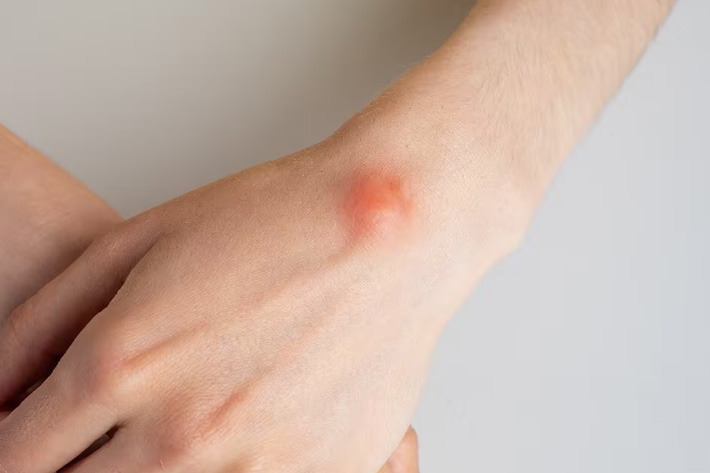A wrist ganglion cyst is a fluid-filled sac that typically forms on the back of the hand or wrist. Ganglion cysts are generally benign and are commonly found in women between the ages of 20 and 40. While they are usually harmless and may disappear on their own, they can sometimes cause discomfort or interfere with daily activities, leading individuals to seek treatment or consider certain considerations. Here are some important considerations related to wrist ganglion cysts:
- Observation and monitoring: In some cases, a wrist ganglion cyst may not cause any symptoms or may cause minimal discomfort. In such instances, a doctor may recommend a period of observation and monitoring to see if the cyst resolves on its own. Regular check-ups can help ensure the cyst does not grow larger or cause additional problems.
- Conservative treatment: Non-surgical treatment options may be suggested to alleviate symptoms associated with a ganglion cyst. These options can include immobilization of the affected wrist with a splint or brace, applying cold packs to reduce swelling, or taking nonsteroidal anti-inflammatory drugs (NSAIDs) to manage pain.
- Aspiration: If the cyst is causing significant discomfort or limiting mobility, a doctor may recommend aspiration. During this procedure, the cyst is punctured with a needle, and the fluid is drained. Aspiration carries the risk of recurrence, as the cyst may reform. To minimize this risk, some doctors may inject a corticosteroid medication into the cyst following aspiration.
- Surgical intervention: If conservative treatments and aspiration do not provide satisfactory results, or if the cyst recurs, surgical removal may be considered. The surgical procedure, known as ganglionectomy, involves removing the cyst and, in some cases, a portion of the joint capsule or tendon sheath to prevent recurrence. Surgery may be performed using traditional open surgery or minimally invasive techniques.
- Potential risks and complications: While ganglion cyst removal is generally safe, there are potential risks associated with any surgical procedure. These can include infection, bleeding, nerve or blood vessel damage, stiffness, scarring, or a recurrence of the cyst. Your healthcare provider can discuss these risks with you and help you weigh the potential benefits against the risks.
- Rehabilitation and recovery: Following surgical removal, rehabilitation exercises and physical therapy may be recommended to restore strength, flexibility, and range of motion to the wrist. The duration and intensity of rehabilitation will depend on the extent of the surgery and individual factors.
It’s important to consult with a qualified healthcare professional, such as an orthopedic surgeon or hand specialist, who can evaluate your specific case and provide personalized advice and treatment options based on your condition and symptoms.





